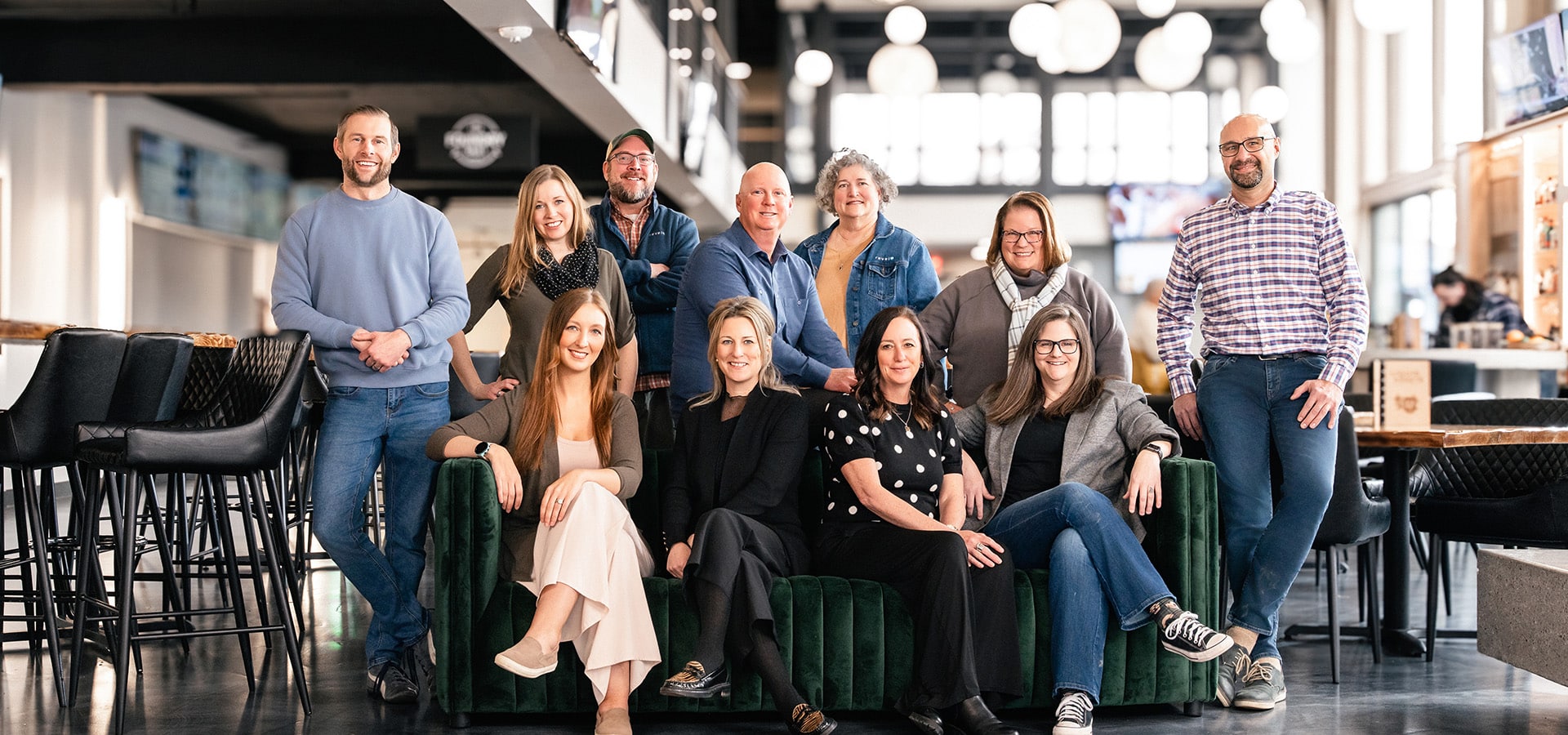A few weeks ago, Revel sent me to the How Interactive Design Conference in Chicago, which focused on interactive design; primarily in the form of web design. I went into it thinking “I’m going to learn from these amazing designers around the world, and with that knowledge, I’ll come back with fresh, creative inspiration and techniques to apply to the standard design process.”
Well, I did learn some tips to share, but more importantly, I learned a different way to approach and consider who I’m designing for and the challenges and consequences that come with being a designer.
The first challenge is content, and how we help shape that content with our clients. This can be a challenge because each side brings an important piece to the final solution, and effective collaboration is necessary to get us there. For example; it’s difficult to think of creative solutions for a specialized company without the specialized knowledge. Conversely, we can’t expect our clients to think fluently in a creative way that grabs and holds the end user’s attention without specialized schooling and training.
This can often leave designers feeling as though this part of the process is somewhat out of our hands. It’s not. I say again, it’s not. After all, our ultimate job as designers is to solve problems. Sara Wachter-Boettcher’s speech on “Orchestrating Content” brought a lot of clarity on how to approach this struggle.
She compares a designer’s role in projects to a conductor’s role in an orchestra.
“The answer is in using content strategy as a means to orchestrate, not dictate. Orchestra conductors don’t control all the instruments or the people playing them.” Instead, they:
• Unify performers. Learn how to get the content producers rallied around shared priorities and goals from the start—and see how understanding their politics and processes can improve design and development, too.
• Listen and shape. Having a great ear will help you hear problems sooner, so you can better allocate time and resources to the areas that will most shape the content’s overall quality.
• Keep the tempo. It’s hard to focus on the notes in front of you and think about where the song is heading. Learn to help your players stay focused on the details, while showing them how their part helps the whole piece come together.
Another impending challenge for any designer is creative block and finding out what it means to actually be creative. Our creative boot camp leader, Stefan Mumaw, restored my idea of this. We’ve all heard the phrase “Think outside the box.” It’s ingrained in all of us, especially creatives. We complain about the restrictions and limitations, we constantly want more freedom, and we’ve all thought at one point or another that our work would have been stronger without so many restrictions. Stefan illustrated that those limitations and obstacles are the keyto creativity.
Thinking back to some of my best work, it was those limitations which allowed me to think in a different way that I wouldn’t have otherwise. He concluded his workshop with a new phrase that will stick with me forever.
“Don’t think outside the box. Want the box.”
The box is filled with the problems we’re trying to solve. Without it, we would continue applying the same creative skin to every problem.
Another eye opener, that should have smacked me in the face years ago, was that beyond the obvious duties of solving problems creatively, I get the opportunity to help define a new path for how we as a people communicate. It sounds a little over the top, I know. The fact is, people are starting to spend more time interacting on phones, tablets, computers, etc.,than they do in person. As designers, the decisions we make concerning content, user experience, you name it, drastically changes and helps shape the way we interact with each other.
I didn’t realize just how important and impactful my job was until going to this conference. Being aware of that gives me the drive and enthusiasm to shift perspectives, define and solve problems, consider and include the end user throughout the process, strive to make things just a little easier, and be a more thoughtful designer. What I do is eventually communicated to you, and that’s worth considering.
I went to the How Interactive Design conference not knowing what to expect and I came back with a fresh perspective on creativity and clarity toward what I do every day.










